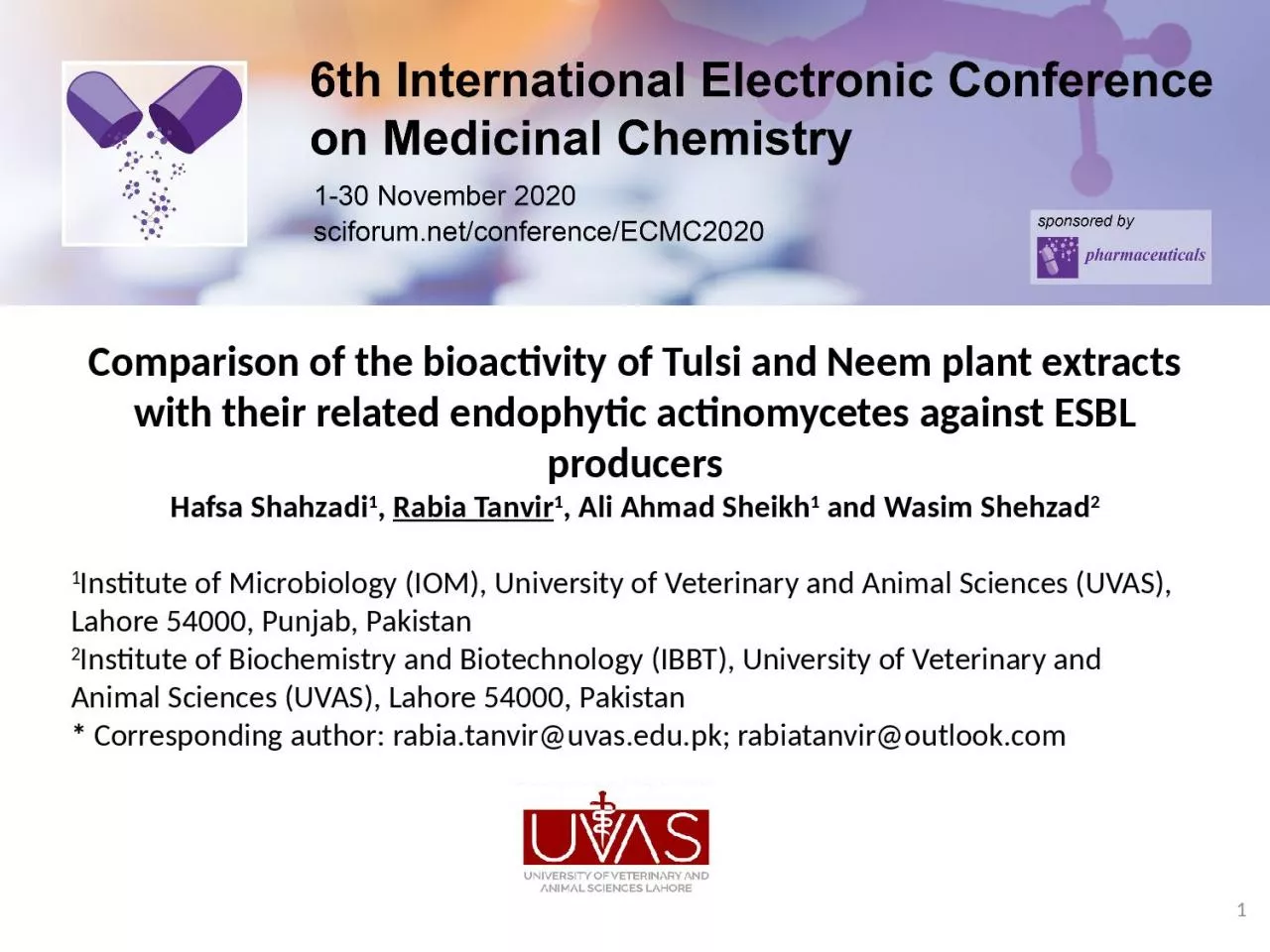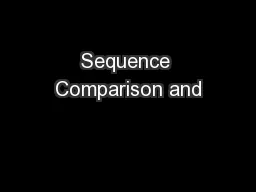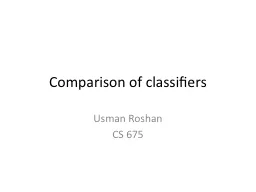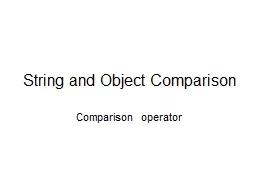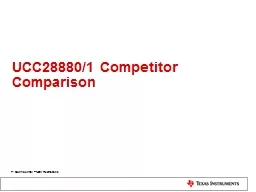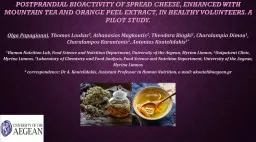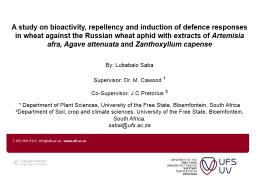PPT-Comparison of the bioactivity of
Author : morton | Published Date : 2023-11-18
Tulsi and Neem plant extracts with their related endophytic actinomycetes against ESBL producers Hafsa Shahzadi 1 Rabia Tanvir 1 Ali Ahmad Sheikh 1 and Wasim
Presentation Embed Code
Download Presentation
Download Presentation The PPT/PDF document "Comparison of the bioactivity of" is the property of its rightful owner. Permission is granted to download and print the materials on this website for personal, non-commercial use only, and to display it on your personal computer provided you do not modify the materials and that you retain all copyright notices contained in the materials. By downloading content from our website, you accept the terms of this agreement.
Comparison of the bioactivity of: Transcript
Download Rules Of Document
"Comparison of the bioactivity of"The content belongs to its owner. You may download and print it for personal use, without modification, and keep all copyright notices. By downloading, you agree to these terms.
Related Documents

